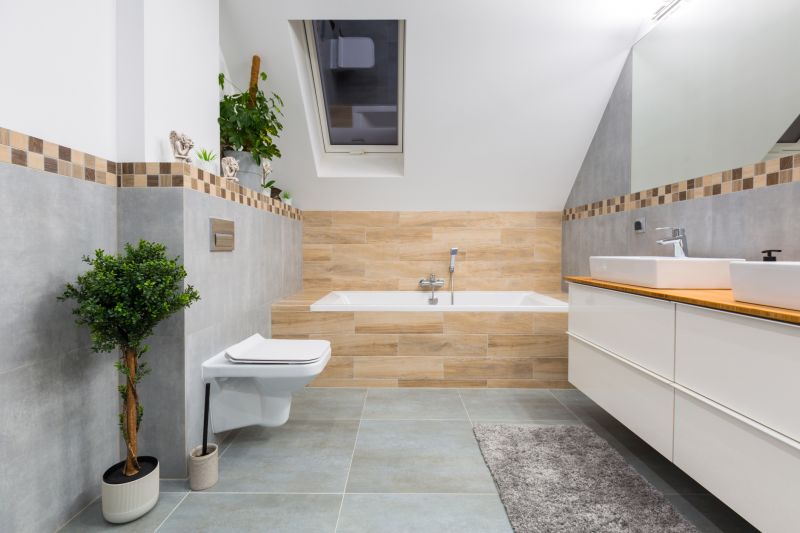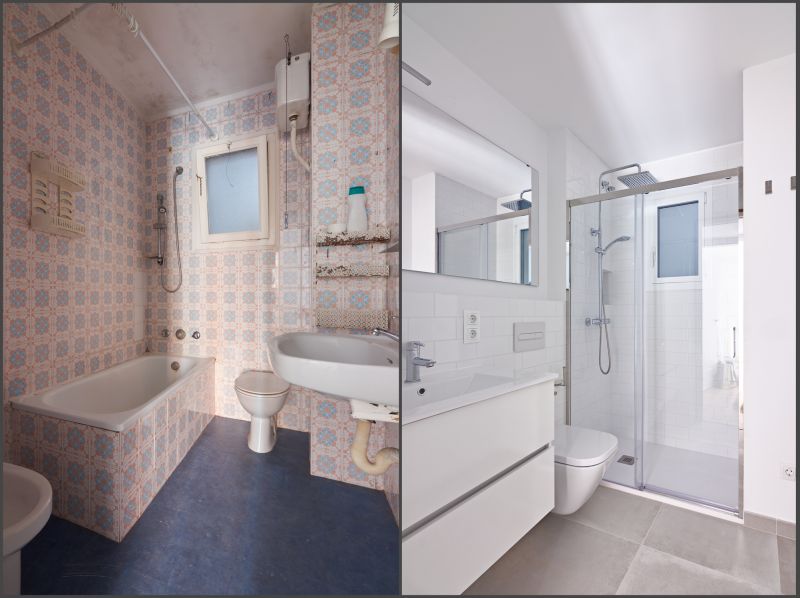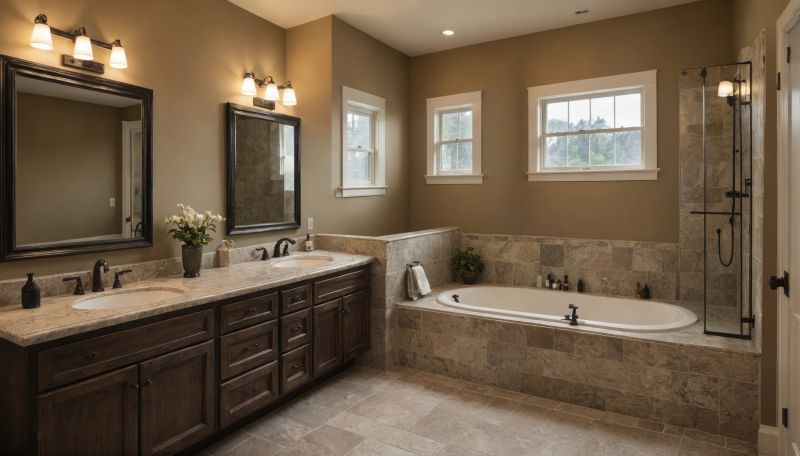Optimal Timing for Bathroom Remodels
Bathroom remodelings are a significant investment that can enhance functionality, aesthetic appeal, and property value. Timing plays a crucial role in ensuring the project is completed efficiently and within budget. Understanding seasonal trends, weather conditions, and personal circumstances can help determine the optimal time for remodeling.
Spring offers longer daylight hours and moderate weather, making it ideal for construction projects. It allows ample time to complete renovations before summer.
Summer can be busy with vacations, but warmer weather can facilitate outdoor work and drying times for materials.
Fall provides cooler temperatures and less construction activity, which may lead to quicker scheduling and fewer delays.
Winter involves colder temperatures and potential weather disruptions, but some projects may be suitable for indoor work during this season.

Springtime offers optimal weather for outdoor work and material curing.

Summer allows for flexible scheduling, especially for indoor projects.

Fall's cooler temperatures help with drying and installation processes.

Ways to make Bathroom Remodelings work in tight or awkward layouts.

Popular materials for Bathroom Remodelings and why they hold up over time.

Simple add-ons that improve Bathroom Remodelings without blowing the budget.

High-end options that actually feel worth it for Bathroom Remodelings.

Finishes and colors that play nicely with Bathroom Remodelings.
| Season | Best Features |
|---|---|
| Spring | Longer days, moderate weather, ideal for outdoor work |
| Summer | Warm weather, flexible scheduling, good for indoor projects |
| Fall | Cooler temperatures, less construction traffic |
| Winter | Indoor projects possible, but weather can cause delays |
Research indicates that scheduling bathroom remodelings during off-peak seasons can lead to cost savings and faster completion times. Contractors often have more availability, and material prices may be lower due to decreased demand. Proper planning ensures that the project aligns with seasonal advantages, minimizing disruptions and delays.



